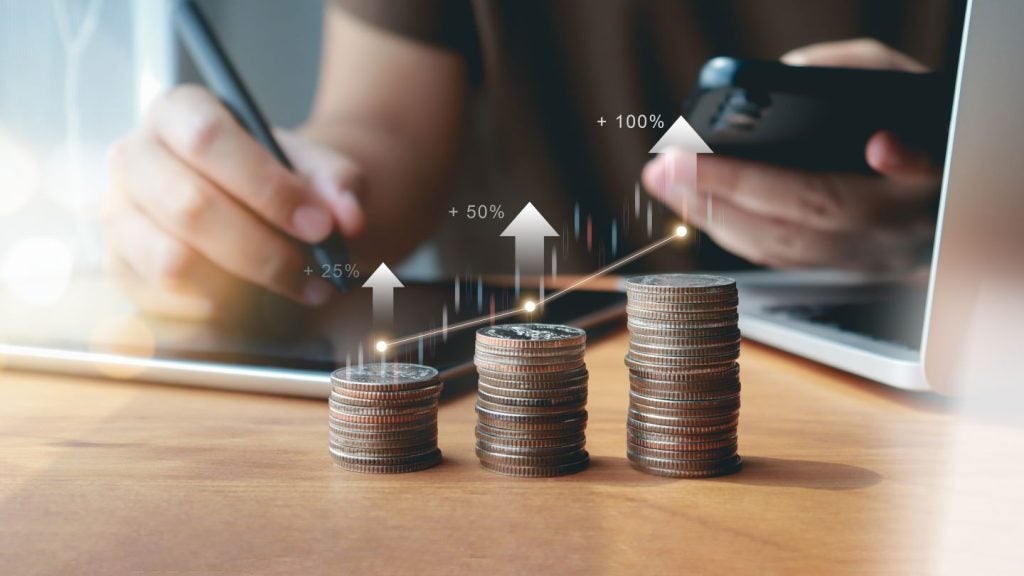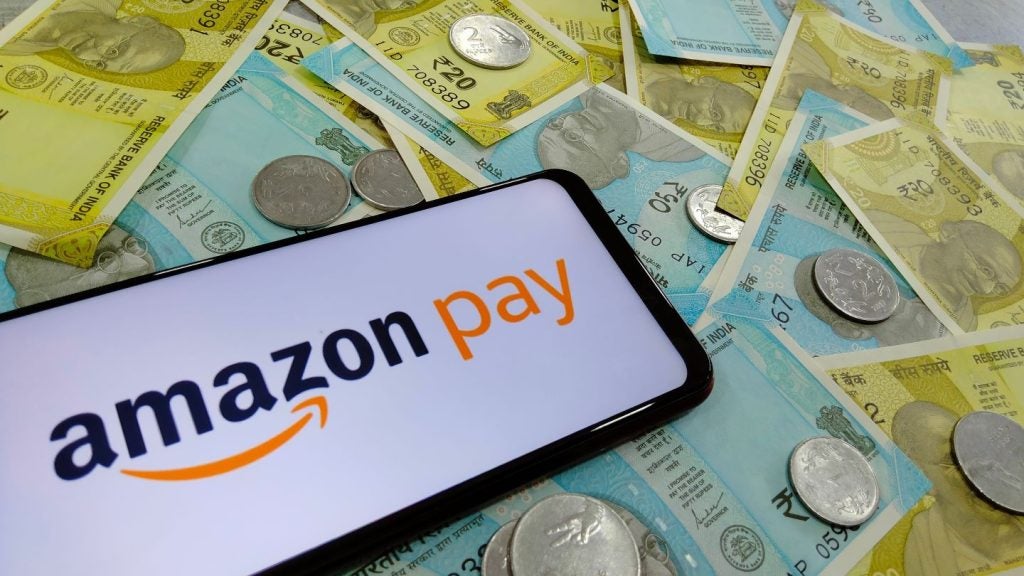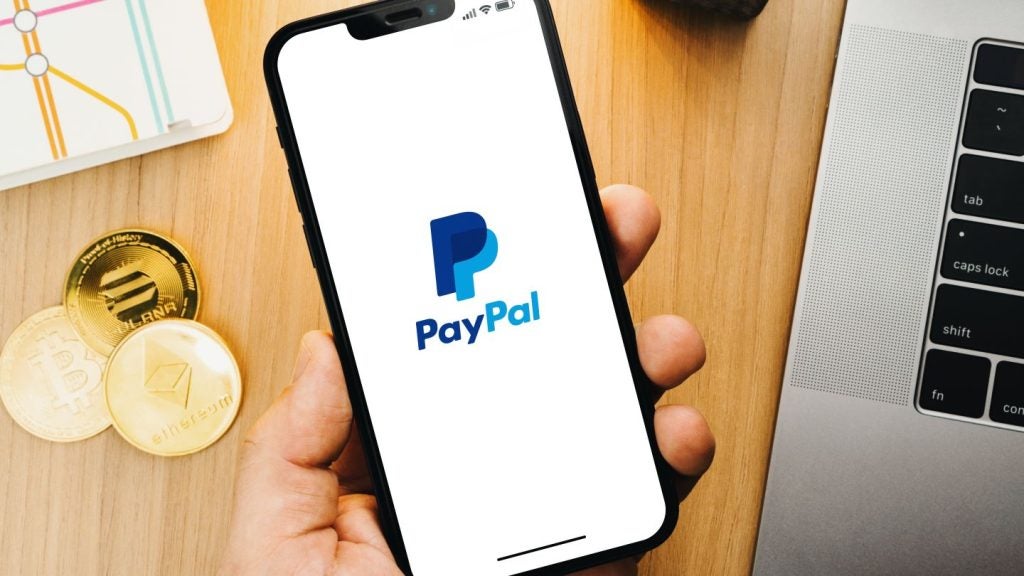Yet another fast food chain has just announced its commitment to mobile payments. Finland’s Hesburger is to be the first retailer in the country to use mobile wallet SEQR, the creation of Swedish company Seamless. Customers at Hesburger will now be able to pay using QR codes or NFC, writes Ellie Chambers
But although the roll-out of SEQR at the burger outlet will represent its debut in Finland, it by no means represents the first major deal between a fast food joint and a mobile payments company.
Payment by smartphone may have got its foot in the door of the banking and payments industry, but it has got its feet under the table at the home of the golden arches.
PayPal tested a mobile payments app in 30 McDonald’s stores across France in 2012
During April 2013, Royal Bank of Canada and Interac tested their NFC payment at a McDonald’s in Toronto, using a Blackberry smartphone to make the first successful transaction.
Earlier this year, SEQR was integrated with the existing McDonald’s payment app in Sweden and rival Burger King announced in March that it would start rolling out mobile payments in the US in a few months.

US Tariffs are shifting - will you react or anticipate?
Don’t let policy changes catch you off guard. Stay proactive with real-time data and expert analysis.
By GlobalDataAnd iconic fast food restaurants aren’t the only chains to have entered the mobile payments world – coffee chain Starbucks and Square have been partners since August 2012 and Tim Hortons unveiled a mobile payments app in December.
So why the relationship between fast food (or fast coffee) and mobile payments? Initially it seems an odd fit that the McDonald’s and Starbucks of the world are pushing for innovation in this way.
But let’s face it, a fast food shop isn’t really somewhere you want to linger and Burger King and McDonald’s don’t want you to either. Their business models rely on getting as many people as possible in and out the door as quickly as possible.
There’s a reason why the drive-through is primarily the preserve of the junk food giants – they’re not only for your convenience.
If it takes you a little longer to buy an item of clothing in a shop – so what? But you don’t go into Burger King to browse, peruse a few burgers and maybe not even buy anything.
When the customer walks into Tim Hortons or McDonald’s, they’re looking for instant gratification. And that includes instantaneous payment.







